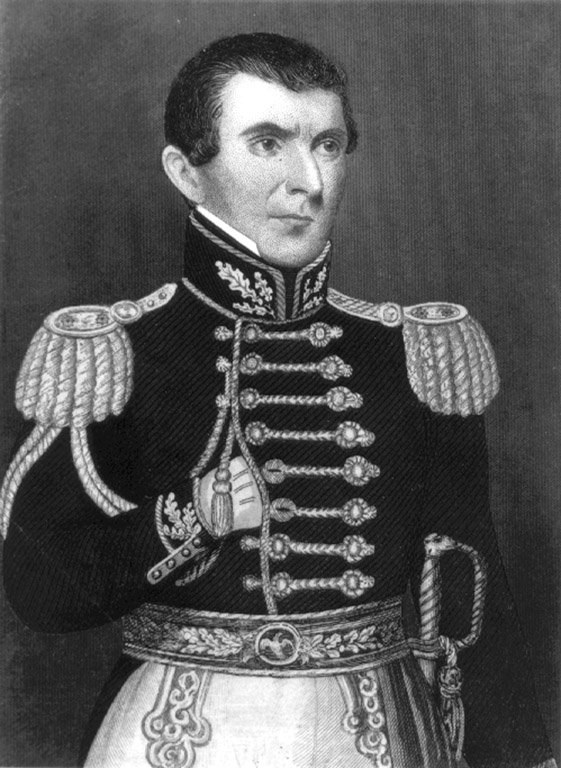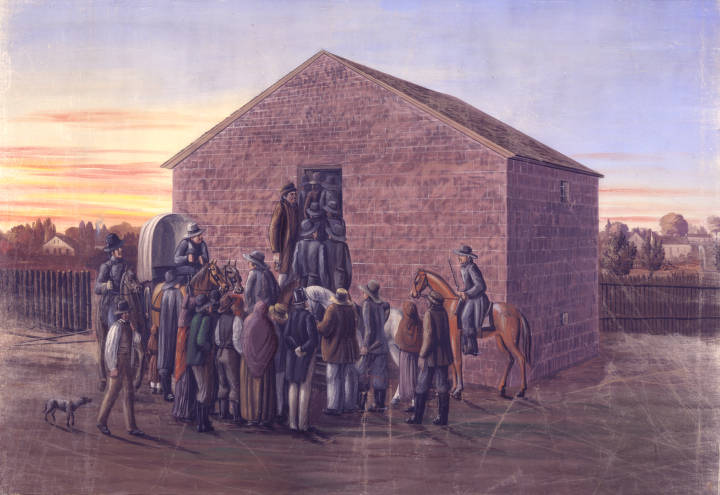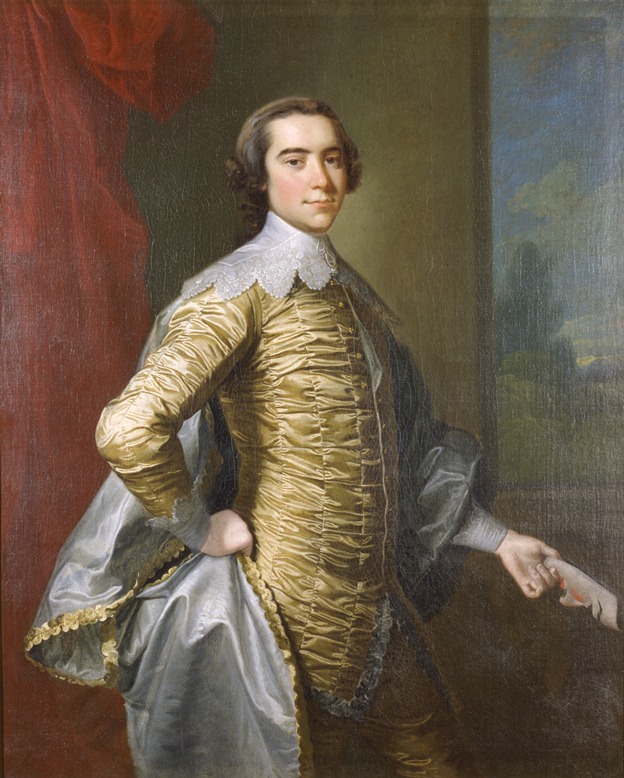[This post is part of a series on Joseph Smith’s Polygamy. To read from the beginning or link to previously published posts, go to A Faithful Joseph.]

Prior to the fall of 1841, an angel reportedly appeared to Joseph twice, commanding him to establish the principle of celestial marriage. But in the fall of 1841, the angel would return with sword in hand. Joseph had to establish the principle, or his position and very life were forfeit.
Something had changed. God could no longer permit Joseph to take his own sweet time establishing celestial marriage among members of the Church. In the final days of 1841 Joseph enlisted the aid of Dimick Huntington. Like Joseph Bates Noble, Dimick would remain true to Joseph beyond death.[1]
The four women Joseph would marry in response to the angel’s threat were women who were married to other men.[2] I believe Joseph did this because he had already contracted one marriage that did not involve sex. Perhaps he was already aware of how unhappy lack of intimacy had made Louisa Beaman. It would be unreasonable to expect other single women to be satisfied with a marriage that didn’t involve physical intimacy. But these married women would be relieved if the celestial marriage were purely ceremonial.
Continue reading The Angel, the Sword, and the Heron Seduction
- [1]Dimick and his brother, William, were among the four men Emma would entrust with the secret reburial of Joseph’s remains in February, 1845. The other two trusted men were Jonathan Harriman Holmes and Gilbert Goldsmith, son of Elizabeth Durfee.↩
- [2]In one case, Agnes Coolbrith Smith, the husband had died.↩








